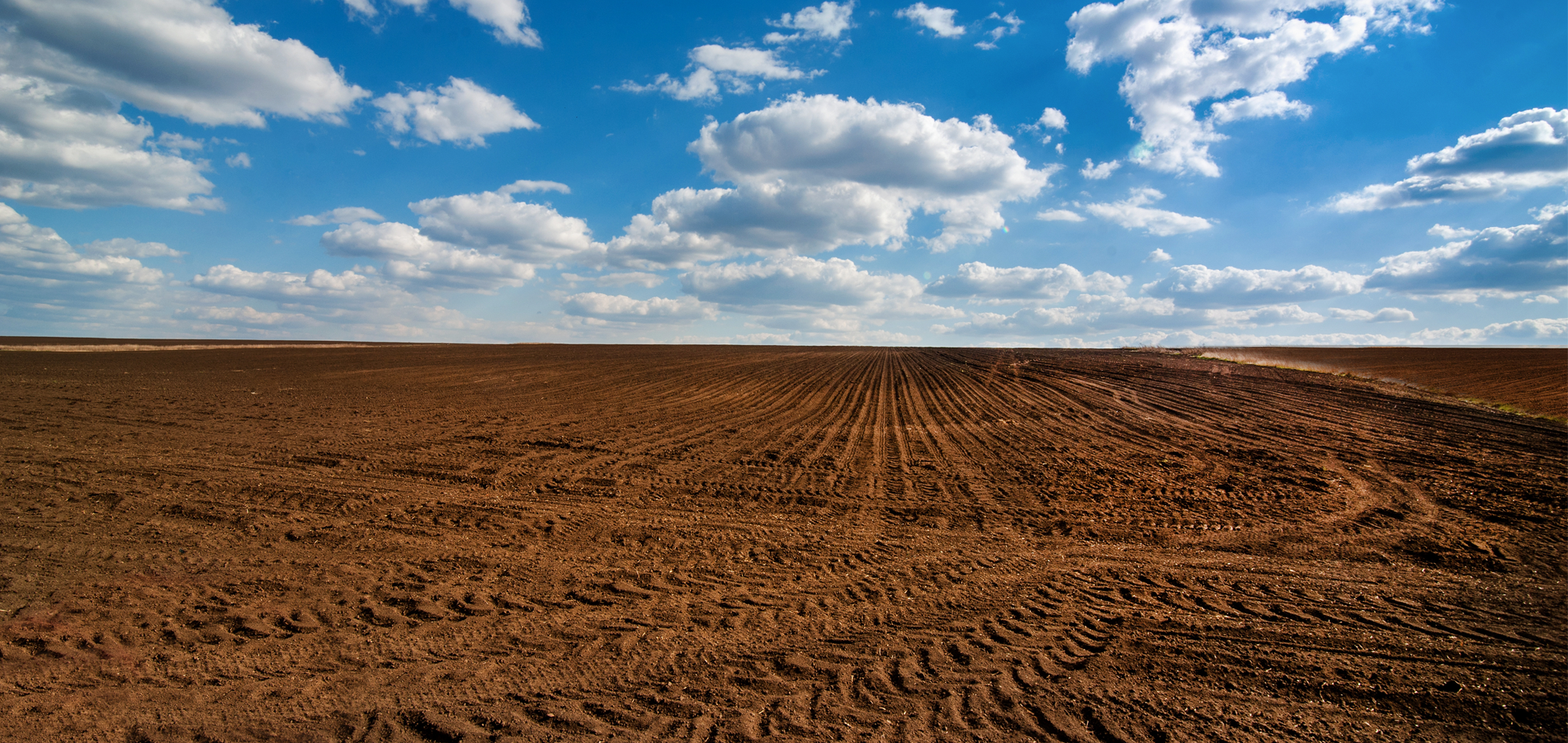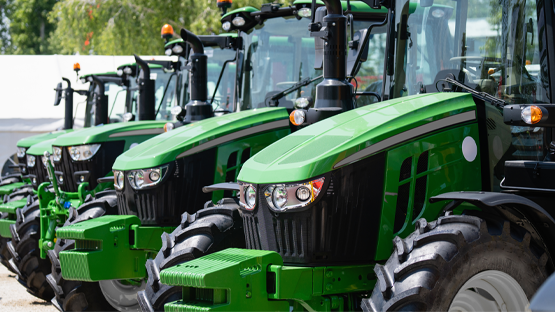
The latest Palmer Drought Severity Index shows near normal conditions across most of Minnesota, North Dakota, and Wisconsin. There are, however, some exceptions. Pockets of severe drought continue across northeast sections of North Dakota, extreme northwest Minnesota, southeast Minnesota, and portions of southwestern Wisconsin. Much of Iowa continues to struggle with exceptionally dry conditions as well.
Topsoil moisture could use a boost across the region, and several generous rain events during the middle and later part of April offered some relief.
Temperatures across northern Minnesota and North Dakota have been trending two to six degrees above normal this spring. Heading south and east across Minnesota and Wisconsin temperatures have been near to slightly above normal.
The U.S. drought monitor still indicates abnormally dry conditions across the region. Please note the emphasis of this tool is short term versus the long-term focus of the Palmer Drought Severity Index.
These conditions are leading to farmers getting into the fields. U.S. winter wheat has emerged from dormancy and appears to be in better shape than last fall. Spring planting will start to accelerate over the next 30 days, and the 30-day outlook is calling for at- to above-normal temperatures and near-normal precipitation values.
The 90-day forecast keeps temperatures at to above normal and precipitation trending close to average.
A warmer summer looks increasingly more likely as global weather patterns transition. All indications suggest El Niño is entering a neutral phase and the prospects of La Niña returning by early to mid-summer are high.
Below average subsurface temperatures are being observed, which strengthens the expansion of negative surface anomalies across the ocean that produce upwelling waves. The trend is cooler across the equatorial region, which will likely impact hurricane season and the upcoming winter across our region.
Stronger La Niña events have historically favor colder-than-normal conditions with more snow across the upper Midwest. However, climate changes have nullified the effects of extreme winters over the past 30 years.




